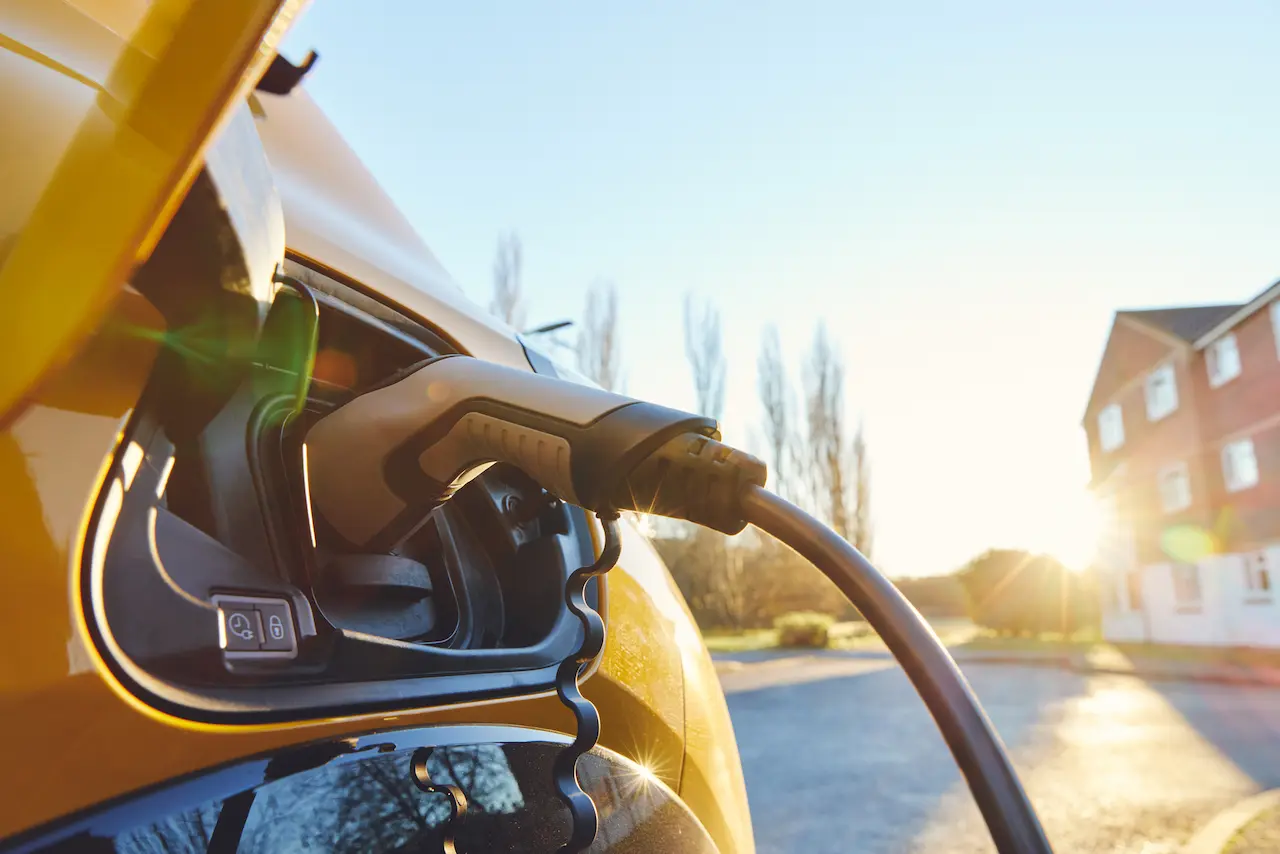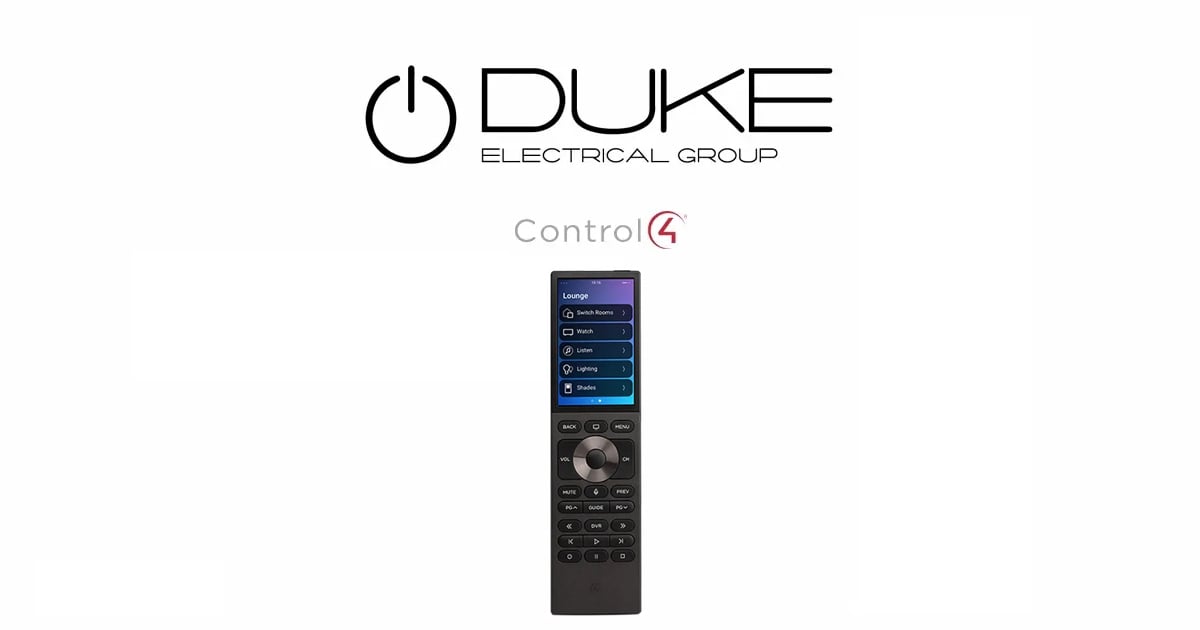EV Charging At Home: Essential Setup Tips
Charging an electric vehicle (EV) at home offers convenience and cost savings for EV owners. With the right set-up, a car can be charged overnight and be ready to use the next day. Home charging is typically performed using either a standard wall socket, known as Level 1 charging, which delivers a slower charge, or a dedicated home charging station, known as Level 2 charging, which enables faster charging times. These stations can be installed by a qualified electrician and are designed to handle the higher power requirements of an EV.
The process of setting up a home charging system involves understanding the electrical capacity of the home and the specific requirements of the EV. Costs can vary based on the type of equipment selected and the complexity of the installation. Most home chargers will integrate with the household’s electricity supply and can take advantage of off-peak rates or even renewable energy sources if available. For EV owners, home charging not only enhances the ownership experience by providing readily available power but also reduces reliance on public charging networks.
Selecting the appropriate charger and installation service is crucial as it affects the charging speed and the safety of the vehicle and the home. Options range from basic chargers to advanced systems with connectivity features that allow remote monitoring and control. Homeowners should also consider future-proofing their investment by ensuring the chosen system is adaptable for potential advancements in EV technology or changes in household demand. With a solid understanding of these factors, Australian EV owners can enjoy the benefits of convenient, efficient, and cost-effective EV charging at home.
Table of Contents
Toggle
Understanding EV Charging Basics
When considering home EV charging, it is essential to understand the different levels of charging, the relevance of kilowatts (kW) and kilowatt-hours (kWh), and the capacity of EV batteries.
Charging Levels and Types
Electric vehicle (EV) charging at home generally occurs at either Level 1 or Level 2, while Level 3 charging is typically found in public stations. Level 1 uses a standard household outlet (240 volts in Australia) and the EV’s charging cable. This level provides the slowest charging speed, typically between 2.4 to 3.7 kW per hour, which translates into an extended charging time of over eight hours for a full charge. Level 2 charging requires a special wall box installation and can supply power at higher rates, ranging from 7 kW to 22 kW, significantly reducing charging time. Direct current (DC) fast charging represents Level 3, offering a rapid charge at power levels from 25 kW up to 350 kW for a minimal charge duration.
EV Batteries and Capacity
An EV’s battery operates as the vehicle’s fuel tank. Its capacity is measured in kilowatt-hours (kWh), indicating how much electrical energy the battery can store. Battery capacities can vary widely between EV models. For instance, a compact electric car might have a capacity of around 40 kWh, providing a modest driving range, while larger, more high-end models may boast capacities exceeding 100 kWh, allowing for substantially longer travel distances on a single charge.
The Role of kW and KWH in Charging
In EV charging, kW and kWh serve important roles. kW, or kilowatts, refers to the power output of a charger, showing how quickly it can transfer energy to an EV’s battery. kWh, or kilowatt-hours, represents the amount of energy a battery can store, which is directly related to the potential driving range of the car. The basic formula for determining charging time is to divide the battery’s capacity in kWh by the charger’s power output in kW. For example, a 60 kWh battery charged with a 7 kW Level 2 charger would require approximately 60 divided by 7, equating to about 8.6 hours for a full charge. As an EV’s battery approaches full capacity, the charging rate often decreases to protect battery health, meaning the last portion of charging can take longer.
Setting Up Home Charging Infrastructure
Preparing your home for an electric vehicle (EV) involves selecting the appropriate charger and ensuring correct installation for safe and efficient operation.

Choosing the Right EV Charger for Your Home
EV owners have a range of charging options, each varying in charging speed and installation complexity. Level 1 charging equipment, commonly called EVSE (Electric Vehicle Supply Equipment), can be plugged into a standard wall socket. This option may take longer to charge but requires no additional installation. Level 2 chargers, on the other hand, provide a quicker charge and require a dedicated 240-volt circuit. These wall-mounted charging stations come with different capacities, generally offering faster charging times compared to Level 1.
When selecting an EV charger, consider:
- Driving needs: How far you drive daily can dictate the charger speed required.
- Budget: Costs can vary significantly between Level 1 and Level 2 chargers.
- Home setup: Whether you rent or own can affect the feasibility of certain options.
- Vehicle compatibility: Check the connector and cable compatibility with your EV.
Installation Requirements and Safety
Installation of a home EV charger, particularly Level 2, should be conducted by a qualified electrician to comply with Australian electrical standards. Proper installation is vital for the safety and functionality of the charging system. It includes checking the home’s electrical system for the additional load, installing any necessary components like a dedicated circuit, and ensuring all safety features are in place.
Key factors for a safe installation include:
- Electrical capacity: Ensure your home’s electrical system can handle the charger.
- Dedicated circuit: Avoids overloading by providing a line just for the EV charger.
- Weatherproofing: For outdoor installations, weather-resistant features are critical.
- Compliance: Adherence to Australian standards and regulations is compulsory.
Installation costs vary widely based on charger type and home electrical requirements. It’s worth investing in a professional installation to safeguard against electrical risks and to maintain the vehicle’s warranty.

Integrating Sustainable Energy Solutions
Incorporating sustainable energy solutions for electric vehicle (EV) charging at home involves a blend of solar technology and intelligent electrical management. These systems significantly reduce reliance on the traditional grid and smooth out energy consumption patterns.
Solar Panels and EV Charging
Solar panels, when connected to EV charging systems, create an eco-friendly charging solution. By harnessing solar power during the day, homeowners can store excess energy in a battery system or use it directly to charge their electric vehicles.
- Solar Panels: Devices that convert sunlight into electrical power.
- Tesla and Other EVs: These vehicles can be charged using electricity generated by solar panels.
- Advantages:
- Reduced electricity bills by using self-generated solar power.
- Lessened environmental impact through renewable energy.
Smart Chargers and Managing Energy Usage
Intelligent EV charging systems work in concert with home energy management to optimise charging times and manage overall household energy usage. These smart chargers can adjust the charging rate based on the car’s needs, household consumption, and the availability of solar power.
- Smart Chargers: These chargers not only facilitate faster charging but also help to distribute electrical demand efficiently.
- Electrical Grid: Smart chargers aid in reducing peak demand on the grid by charging during off-peak hours.
- Benefits:
- Smoothing of night-time energy consumption, especially during high-demand periods.
- Potential reduction of peak demand from EVs, supporting grid stability and lower costs.
Advanced Home Charging Considerations
When considering advanced options for charging electric vehicles (EVs) at home, vehicle connectivity and efficient range management play critical roles.
Vehicle-to-Home Connectivity and Features
Vehicle-to-home (V2H) connectivity enables EV owners to use their car’s battery as a backup power source for their home. This requires a compatible EV, such as the MG ZS EV, and a specialised charging system that facilitates bi-directional energy flow. Vehicles with V2H capabilities extend the functionality of the EV battery, allowing the storage and release of electricity in an intelligent manner, harmonising with household demand and energy tariffs.
Addressing Range Anxiety with Home Charging
Home charging alleviates concerns related to driving range anxiety. The ability to charge an EV overnight means drivers can start each day with a full battery. Considering the average daily drive in Australia is much less than the typical range of an EV, a home charging solution diminishes the stress of finding a public charging station. For example, an EV with a 60 kWh battery, using a 7kW home charger, typically recharges completely in under 9 hours, fully preparing the vehicle for the following day’s transportation needs.
Navigating EV Charging Policies and Incentives
Electric vehicle (EV) charging at home is a convenient option for EV owners, and government incentives can significantly reduce installation costs. Each Australian state offers a variety of incentives and policies promoting EV adoption and infrastructure development. Understanding these can bring substantial benefits to individual owners and the broader uptake of EVs in Australia.
Various government initiatives are in place to support EV charging infrastructure. For instance, the Australian Government has introduced a National Electric Vehicle Strategy to facilitate the transition to EVs. This includes funding for EV charging stations and policies that promote EV ownership. Car manufacturers and commercial entities are also involved, often collaborating with governments to provide improved access to charging options, including off-street parking facilities equipped with chargers.
Public sectors have seen an increase in accessible charging stations, some being a by-product of state or federal incentives. Several initiatives are directed at improving the grid’s ability to handle EV charging demand, with schemes encouraging off-peak home charging to manage the load more effectively.
When considering the installation of a home charging station, it’s important to examine the EV policies in one’s region as they can vary significantly. Some areas offer rebates or tax credits for home charger installation, whereas others provide discounts on electricity rates for off-peak charging, contributing to lower running costs for EV owners.
Collaborations between car manufacturers and energy providers aim to increase EV adoption by making home charging more accessible. Incentives like reduced rates for overnight charging or installation support for residents of multi-residential buildings directly contribute to the ease of owning and charging an EV at home.
In conclusion, EV owners should explore local policies and incentives to maximize benefits and contribute to the growth of the EV market and supporting infrastructure in Australia.
Exploring EV Charging Innovations and Future Trends
Electric Vehicle (EV) charging at home is receiving considerable focus as the market for both Battery Electric Vehicles (BEVs) and Plug-in Hybrid Electric Vehicles (PHEVs) expands. The Tesla Model 3 and other electric model owners are witnessing advancements in the integration of home charging solutions and the development of associated technologies.
One of the primary advancements is in vehicle-to-home (V2H) integration, allowing electric cars to function as battery storage systems, which can lead to significant energy cost savings. Additionally, the development of home charging technologies is heavily influenced by the types of batteries used, such as Nickel-Manganese-Cobalt (NMC), which determines the efficiency and longevity of charging solutions.
Various plug types facilitate different charging speeds and experiences. DC fast charging stations, which considerably reduce charging times, remain more common in public settings. However, for home use, the Wall Box charger provides a balance between speed and convenience, offering faster charging times than standard 240-volt outlets without the need for dedicated DC infrastructure. This is particularly beneficial for drivers requiring a quick turnaround between uses.
Charging infrastructure for home EVs often includes the consideration of single-phase or three-phase power supplies. Three-phase power allows for higher charging speeds and is more efficient for homes with more demanding energy needs. Homeowners should consider their vehicle usage patterns and the associated charging requirements when selecting the appropriate home charging setup.
Extension cords and wiring also deserve attention for safety and warranty considerations. To maintain warranties and operate safely, homeowners should use only manufacturer-approved extension cords and ensure proper installation of all charging equipment.


